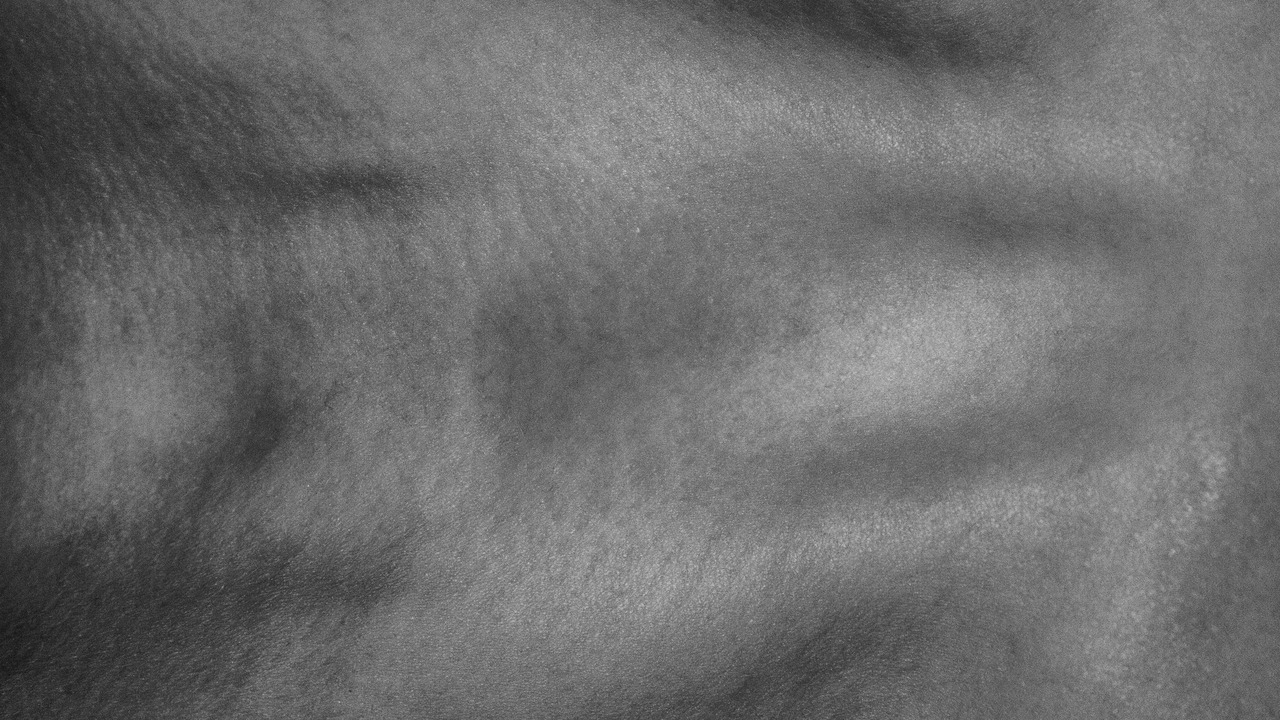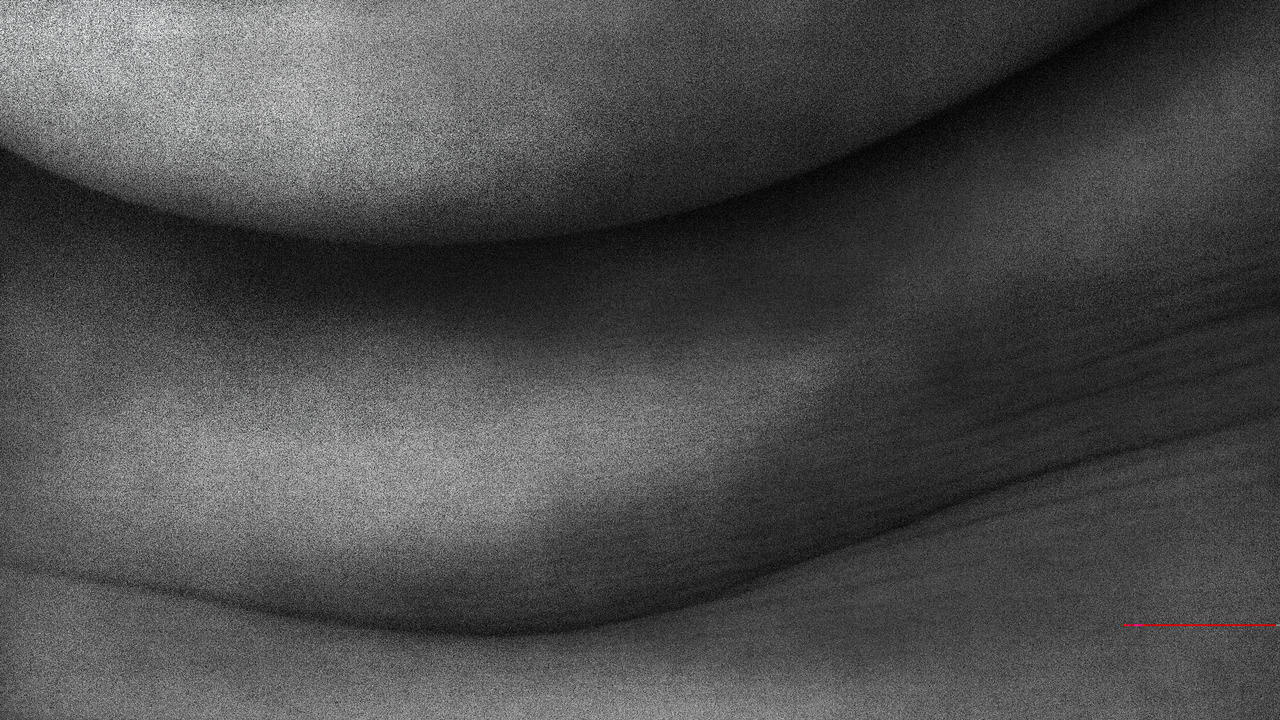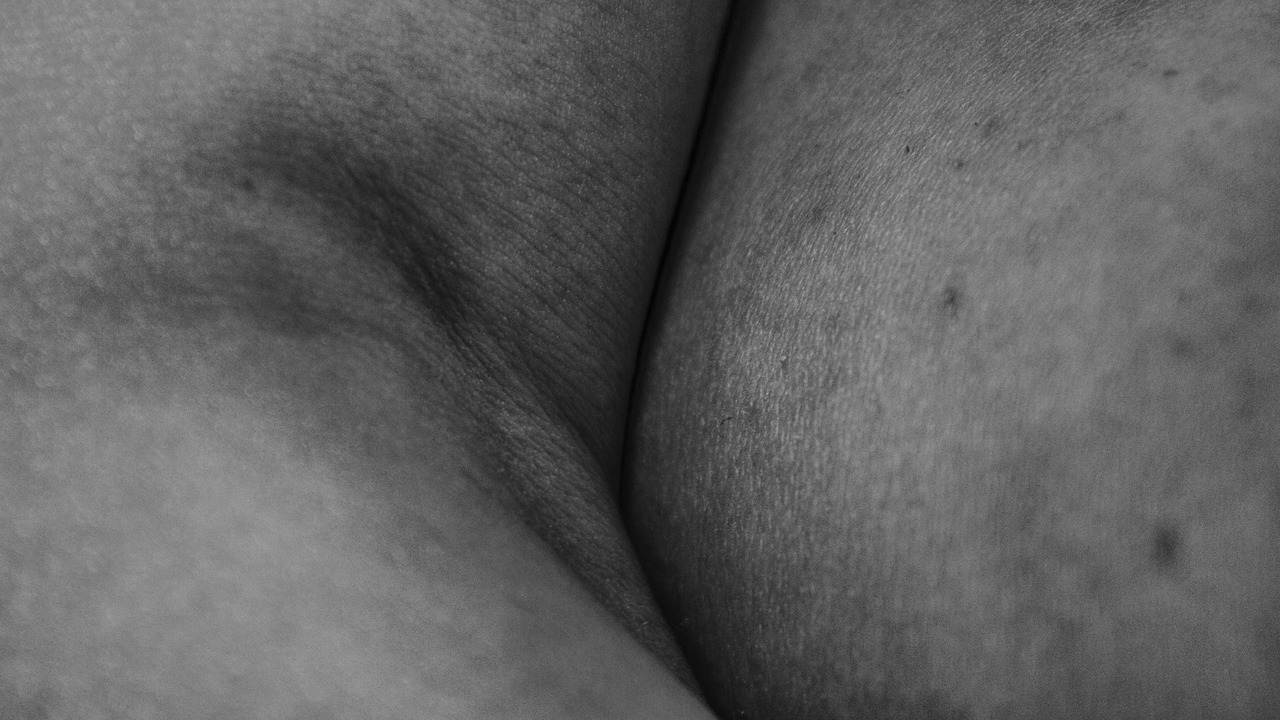From its formation, Earth went through many biologic and geologic processes, thus all the traces of its initial conditions have been erased. The external surface of Terra is split into more tectonic plates which over time move one from the other. The middle of the planet is active (hot and liquid), being formed from the molten mantle and the metallic middle, generator of the magnetic field. Atmospheric conditions on the surface have been in their turn influenced in a hasty manner by its forms of life. Those are in a fragile ecological balance, permanently changing.
Relief forms are asperities of the earth’s crust. Ever since the birth of Earth, various factors contributed to their appearance. Many of the existing relief forms took shape hundreds of millions of years ago, they have not remained unchanged, but they have been and still are subjected to transformations, determined by various factors. Thus, Terra’s configurations are in a continuous evolution, relief forms are born, disappear, old forms change etc.
Among the responsible factors for the existence of different relief forms include geomorphological processes like:
1. Aeolian processes – these refer to wind’s activity, more specific to its capacity of “modelling” Earth’s surface;

2. The interaction of living organisms with landforms ( or biogeomorphological processes) can be of various forms and it has a profound importance for the geomorphic system as a whole;

3. The way in which glacial processes interact with other elements of the landscape, particularly hillslope and fluvial processes, is an important aspect of Plio-Pleistocene landscape evolution and its sedimentary record in many high mountain environments;

4. Hillslopes that steepen up to certain critical thresholds are capable of shedding extremely large volumes of material very quickly, making hillslope processes an extremely important element of landscapes in tectonically active areas;

5. Tectonic effects on geomorphology can range from scales of millions of years to minutes or less. The effects of tectonic processes on the landscape are heavily dependent on the nature of the underlying bedrock fabric that more or less controls what kind of local morphology tectonics can shape.

Through the association of types of geomorphological processes to the human body, a relation between the interior (mind, intimacy) and exterior (society, Mother Earth, the planet as a whole) is created.
The human as an individual in society acts according to the norms that have been imposed upon him, but the human in nature acts instinctually, without being influenced by another thought but his own, the individual is truly free in loneliness, thus nature calls for nature.
Different discoveries (like the one of Masaru Emoto in 1995: water responds to different stimuli creating snowflakes of different shapes; Suzanne Simard’s discovery: trees communicate with each other and exchange nutrients through a sophisticated underground network) bring us closer to Mother Earth’s world, understanding different ways through which she communicates with the vegetal world, as well as the animal one. Following this line of thought, can we wonder if we are the only beings that act in conformity with free will? Probably not, but we can identify different similarities between human nature and Gaia.
Each photo has been associated with a process that describes it as much as possible, tracing lines between the definition and what is found in the image (hillslope processes with the stomach: the way that mountainsides “give up” huge quantities of material, the same way the dimension of the stomach can be reduced), everything being thought as an analogy, thus each definition can be interpreted as what it is or what it can be.
The images are black and white because it is wanted a detachment from color and what it can signify, important being the lines, forms, shadows, and being easier to associate them with different processes. Also, the photographs are almost in a macro regime, the intention being that the viewer cannot easily identify what he sees, read the definition, and then see the image in a different way.
Photographs of Edward Weston (especially the one entitled “Nautilus”) had a strong influence on this project through the shapes of the chosen subject, the atmosphere transmitted, and its mysticism.
This project was published in the ‘Unvael Journal, Issue Four’ alongside 24 other artists from over 10 countries.


Bibliography: https://en.wikipedia.org/wiki/Geomorphology